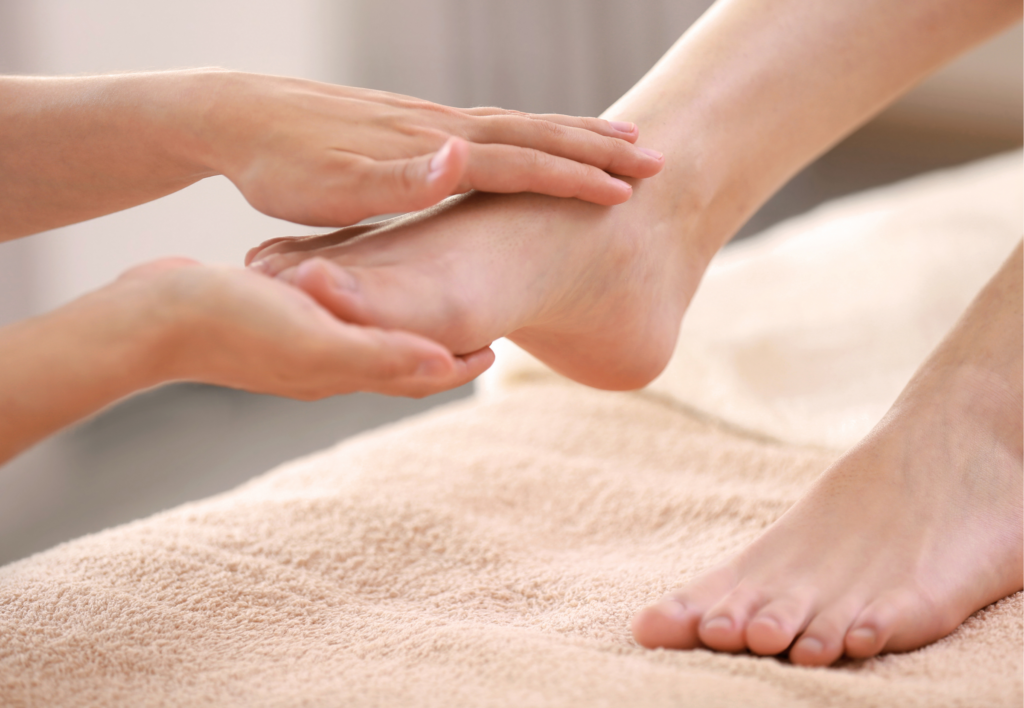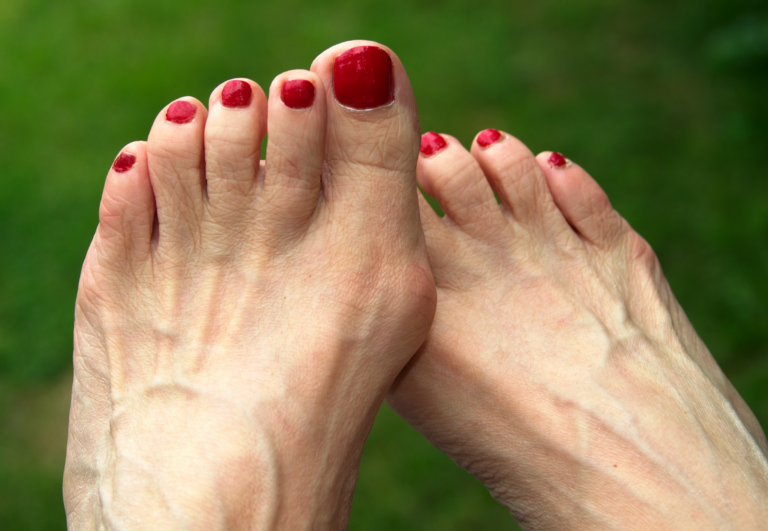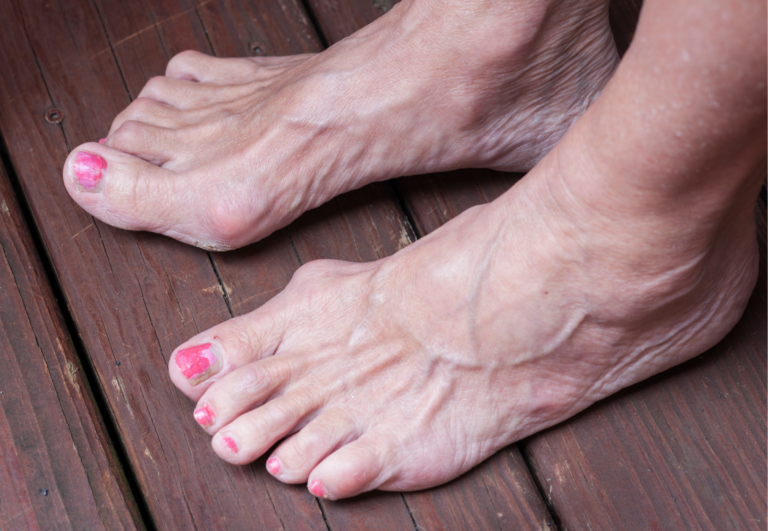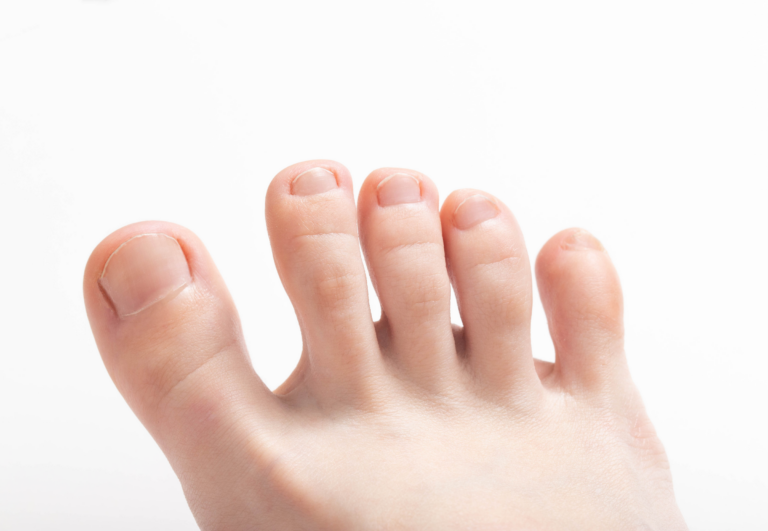Do Toe Spacers Have Any Side Effects? Understanding Potential Risks
Toe spacers, often sought to relieve discomfort from conditions like bunions, calluses, and hammertoe, serve as a conservative approach to foot care. From personal use and extensive reading, I understand their benefits include toe realignment, improved balance, and a reduction in foot pain.
While they provide several advantages, it is essential to consider the possibility of side effects. In my experience, these typically include mild discomfort or slight bruising, especially when first introducing toe spacers into a routine. Being non-invasive, toe spacers are safe for most people when used appropriately.
However, it’s crucial to listen to your body’s signals. If pain or significant discomfort persists, discontinuing use and consulting a healthcare professional is advisable. It’s also important to ease into the use of toe spacers, gradually increasing wear time to allow the feet to adjust.
Potential Side Effects of Toe Spacers
While toe spacers can help in alleviating foot pain and correcting alignments, they may also lead to side effects if not used properly. Below are some potential side effects I’ve observed due to improper use or individual reactions.
Overuse Injuries
Toe spacers are designed to relieve pressure and realign the toes. When worn for extended periods, they might apply continuous pressure to the soft tissue of the toes, leading to overuse injuries. These injuries may include:
- Soreness: Extended wear without breaks can cause toe and foot soreness.
- Blisters and Corns: Constant friction or rubbing from the spacer’s material may lead to blisters or corns.
Adverse Reactions
Not everyone’s skin reacts the same way to different materials. Silicone and gel are common materials used for toe spacers because they are flexible and generally comfortable; however, some individuals may experience adverse reactions:
- Allergic Reactions: Rarely, a person may have allergies to specific materials used in toe spacers like latex or certain types of silicone.
- Skin Irritation: For some, the soft material can still irritate the skin between the toes, leading to itchiness or rash, especially if the spacers are not cleaned regularly or if they trap moisture.
Using toe spacers made from hypoallergenic materials and following the recommended duration of wear can help minimize these potential side effects.

Design and Material Considerations
In creating toe spacers, material choice and fit are paramount to deliver comfort and function for those wearing them, especially when dealing with narrow toe boxes or looking for proper fitting.
Variety of Materials
Toe separators are fashioned from various materials, each offering specific benefits. The most common are silicone and gel, known for their flexibility and comfort. Silicone, in particular, is durable and soft against the skin, making it an ideal choice for longer wear. Less common, but still used, is foam, which offers a lightweight solution but may not be as resilient or supportive as silicone and gel options.
| Material | Benefits | Common Uses |
|---|---|---|
| Silicone | Durable, hypoallergenic | Long-term wear |
| Gel | Cushioning, conforms to toes | Quick relief, exercises |
| Foam | Lightweight, inexpensive | Temporary use, pedicures |
Proper Fit and Sizing
The efficacy of toe separators is closely tied to their fit. A proper fitting spacer conforms to the spaces between your toes, which not only feels more comfortable but also ensures the device can do its job without causing additional issues. When toe spacers are too big, they can apply excessive pressure, and when too small, they may not provide the separation needed. For individuals with narrow toe boxes, finding the right size is crucial to avoid discomfort or restricted blood flow.
- Measure your toes to find the correct size.
- Look for adjustable designs or multiple size options.
- Ensure there’s no pinching or overextension of your toes.
By remembering these considerations for materials and sizing, you’re on the right path to finding a toe spacer that suits your needs without the worry of adverse effects.
Correct Usage Guidelines
The correct usage of toe spacers is crucial for maximizing their benefits and reducing the risk of discomfort or injury. Toe spacers, also known as toe separators, are designed to realign toes and aid in the recovery of foot health. They can be particularly useful for athletes, yoga enthusiasts, and individuals participating in activities that may cause foot strain.
Recommended Practices for Beginners
When beginning to use toe spacers, I recommend introducing them gradually to allow your feet to adjust. Start by wearing the spacers for short periods while resting or lounging at home. Initially, limit usage to about 5-10 minutes and observe how your toes respond.
As you become more accustomed to the sensation and fit, gradually increase usage time. Aim to wear them for longer durations during passive activities, such as watching television or reading. It’s also beneficial to incorporate them into a regular stretching or yoga routine, as they can help with alignment during these practices.
Walking or running with toe spacers should be approached with caution. If you plan to be more active while wearing them, consult a podiatrist for personalized advice. It’s generally safer to use them post-exercise for recovery purposes rather than during high-impact activities unless recommended by a professional.
Correct Toes, which are a specific brand of toe spacers, may come with their own set of guidelines. Always refer to the manufacturer’s instructions to ensure proper use. Mind Bodhi toe spacers are another option often mentioned for their gentle approach to realigning toes.
Remember, if discomfort or pain occurs, reduce the usage time and consult a podiatrist to assess proper fit and address any pre-existing foot conditions. Regular assessment and adjustment of the spacers can prevent side effects and support a smooth transition to healthier foot alignment.
Consultation and Aftercare
When considering toe spacers, it’s essential to consult with a podiatrist, particularly if you have conditions like hammertoe, bunion, arthritis, diabetes, neuromas, or overlapping toes. Aftercare should focus on monitoring for any signs of injury and following a rehabilitation plan.
Seeking Professional Advice
Before using toe spacers, I always recommend that individuals consult with a podiatrist especially if there is an existing foot condition such as hammertoe, bunion, or rheumatoid arthritis. Podiatrists can provide personalized medical advice and determine if toe spacers are suitable for your condition, which may prevent potential complications.
- Diabetes or neuropathy patients should exercise extreme caution due to an increased risk of unrecognized injury from improper use of toe spacers.
- People suffering from neuromas or severe bunion deformities might require specific types of spacers or may need to avoid them without prior medical consultation.
- Opting for a consultation before considering surgery can be beneficial; toe spacers could serve as a non-surgical intervention in certain cases.
Post-Use Care and Treatment
After using toe spacers, aftercare becomes critical, particularly in the case of rehabilitation following an injury. Here’s a summary of aftercare considerations:
- Inspect your feet regularly for signs of bruising or discomfort, which might indicate the need to adjust your toe spacers.
- Rehabilitative exercises: Engaging in recommended foot exercises can enhance the benefits of using toe spacers, increasing flexibility and reducing the likelihood of overlapping toes.
| Condition | Aftercare Action |
|---|---|
| Hammertoe | Monitor toe alignment; consult if no improvement. |
| Bunion | Evaluate pain reduction; use spacers as complementary therapy. |
| Arthritis | Observe for joint ease; maintain regular check-ups. |
| Rehabilitation | Follow a podiatrist’s exercise regimen. |
It’s my role to ensure individuals are equipped with the knowledge to use toe spacers effectively and receive the proper aftercare. Remember, professional oversight is key, and proper aftercare can mean the difference between relief and further complications.
Benefits of Toe Spacers
Toe spacers can be a game-changer for anyone looking to improve foot comfort and health. They offer a host of benefits, such as alleviating pain and enhancing foot mechanics, that can make a significant difference in daily life and athletic performance.
Alleviating Pain
Toe spacers, or separators, are designed to alleviate foot pain by addressing the issues caused by toe deformities, bunions, and overlapping toes. They work by gently spreading the toes, thus reducing pressure and friction, which are common sources of discomfort. For individuals practicing yoga or other balance-focused activities, toe spacers can also provide additional comfort by improving toe alignment.
- Key Benefits:
- Reduces pressure and friction between toes
- Helps in the management of bunions and toe deformities
- Enhances balance in yoga and other activities
Enhancing Foot Mechanics
By spacing out the toes, separators encourage better foot mechanics. The positioning allows the big toe to maintain proper alignment, which is crucial for balance and proper gait. This can lead to improved foot strength, particularly in the muscles responsible for arch support. Athletes also benefit from these devices, as improved foot mechanics can enhance both their performance and foot strength, potentially preventing injuries related to poor foot positioning.
- Key Benefits:
- Promotes proper big toe alignment
- Contributes to stronger arch support
- Potentially prevents foot-related injuries in athletes





